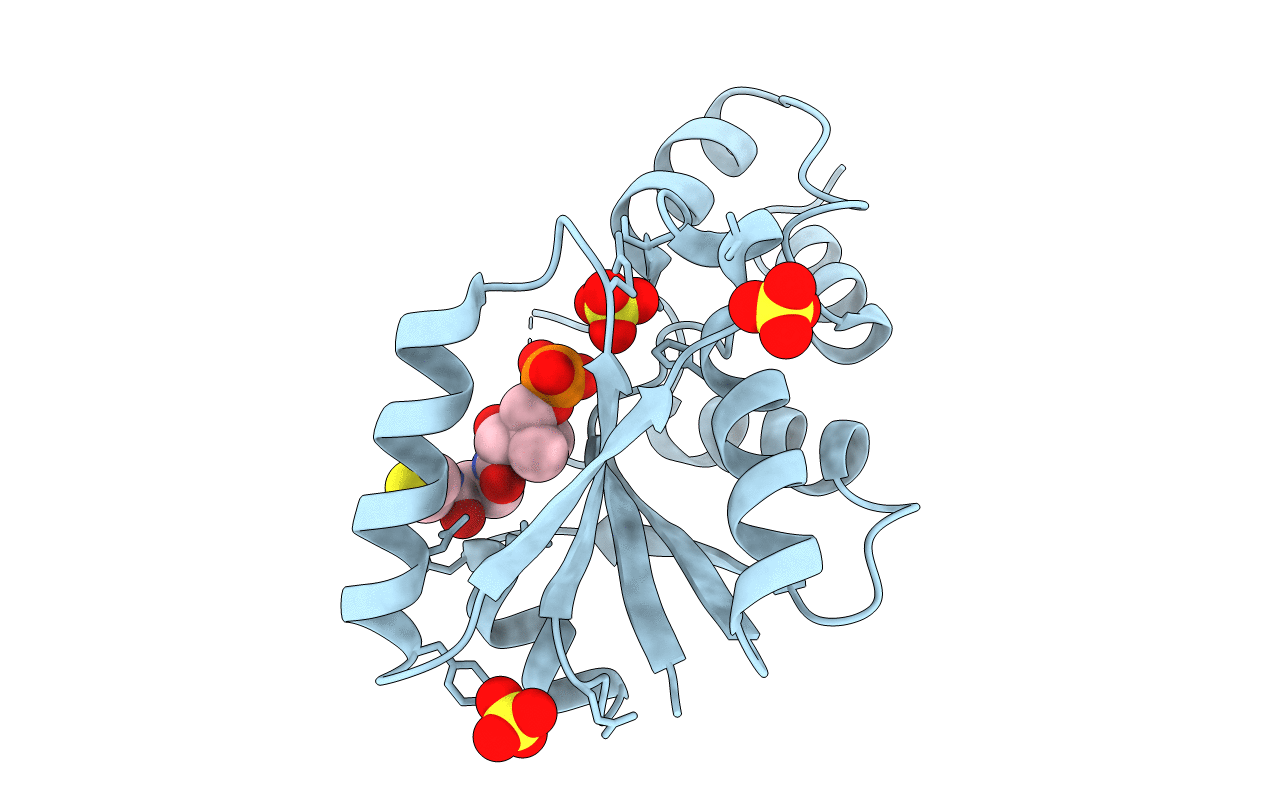
Deposition Date
2003-02-13
Release Date
2003-03-13
Last Version Date
2023-12-13
Entry Detail
PDB ID:
1OD6
Keywords:
Title:
The Crystal Structure of Phosphopantetheine adenylyltransferase from Thermus Thermophilus in complex with 4'-phosphopantetheine
Biological Source:
Source Organism:
THERMUS THERMOPHILUS (Taxon ID: 300852)
Host Organism:
Method Details:
Experimental Method:
Resolution:
1.50 Å
R-Value Free:
0.20
R-Value Work:
0.19
R-Value Observed:
0.19
Space Group:
H 3 2


